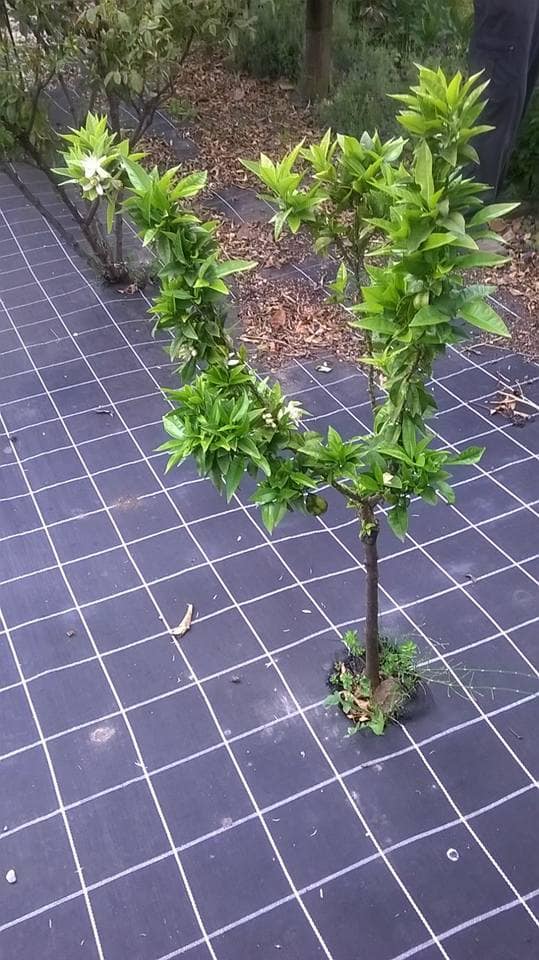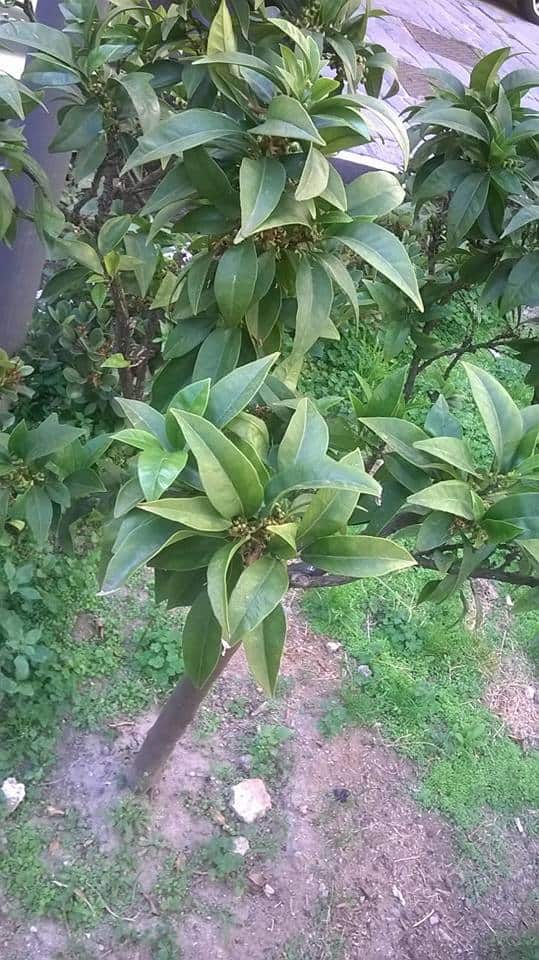The ‘chinotto from Savona’ is a typical Ligurian fruit. It is a small round, bright green citrus which, when it ripes, becomes yellow-orange and is almost completely seedless.
The chinotto is a citrus and, although its origin has not been exactly ascertained, the opinion of some researchers is that it came from a mutation of the bitter orange that over time developed in the chinotto species known today.
 Ripe chinotto fruitsThe chinotto tree can reach a maximum of three meters and has leafy compact branches. The leaves are small and bright green and they remind you of those of the myrtle, from which its Latin name comes from. Its flowers are small and white and they grow in groups at the end of the branches, sometimes with single flowers near the stem. This particular makes the plant very pretty so it is often cultivated in a vase as an ornamental plant to decorate gardens and houses.
Ripe chinotto fruitsThe chinotto tree can reach a maximum of three meters and has leafy compact branches. The leaves are small and bright green and they remind you of those of the myrtle, from which its Latin name comes from. Its flowers are small and white and they grow in groups at the end of the branches, sometimes with single flowers near the stem. This particular makes the plant very pretty so it is often cultivated in a vase as an ornamental plant to decorate gardens and houses. Chinotto plantThe fruits are small and round and they have a very bitter and acidic juice. Normally the fruits ripen in the middle of June and the plant doesn’t do well in cold temperatures but, luckily, the climate in Liguria is somewhat temperate year round.
Chinotto plantThe fruits are small and round and they have a very bitter and acidic juice. Normally the fruits ripen in the middle of June and the plant doesn’t do well in cold temperatures but, luckily, the climate in Liguria is somewhat temperate year round.Some researchers believe that the chinotto owes its name to China, a place from which, according to a legend, it would have been imported by the end of the fifteenth or early sixteenth century by a Ligurian merchant. This legend says that it was imported by a Savonese navigator from these territories and found its ideal habitat on the Ligurian Riviera in the area between Savona and Finale Ligure. And it is in Savona that at the end of the 1800s was founded the “Società dei fabbricanti di chinotti” (Chinotti producers association) which provided both the cultivation and the sale of the fruits.
 The chinotto plant has leafy branches
The chinotto plant has leafy branchesAccording to some botanists, the fruit comes from the Mediterranean Sea area and, in this case, the name could only mean that it is a “Chinese-style” fruit. To date, in fact, there is no evidence on any kind of cultivation of this plant in Asian countries. Apart from Italy (Liguria, Tuscany, Sicily and Calabria), its presence is limited to sporadic appearances on the French Riviera where the climate is exactly the same as in Liguria.These small bitter fruits are traditionally used to produce marmalade, drinks and syrups. It is believed that the aroma of this bitter orange has the power to kill germs and preserve the health.In the past the chinotto fruits were consumed together with alcoholic beverages (such as wines or absinthe) as an aperitif, while today they are sometimes found candied and eaten as dessert.Its bitter juice is an ingredient of many digestive and various bitter drinks. Most often, however, chinotto juice is used for the production of the homonymous drink. The chinotto drink is a brown-color bitter soda usually served in glass bottles.
 Chinotto from Savona drink is sold worldwide
Chinotto from Savona drink is sold worldwideAs part of the Slow Food movement, which is aimed at maintaining and promoting local organic products as well as culinary traditions, some shops selling chinotto products are opening up around Liguria. I visited one of these specialty shops and its kind owner showed me some chinotto plants growing in the backyard of the shop. He also taught me that some of the products derived from this citrus are: mustard, honey, beer and sauce.Recently, chinotto has become a protected crop and since 2004, the Chinotto from Savona has become part of the Slow Food Presidium in order to promote its cultivation nationwide.
































































